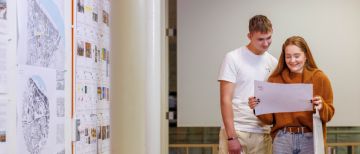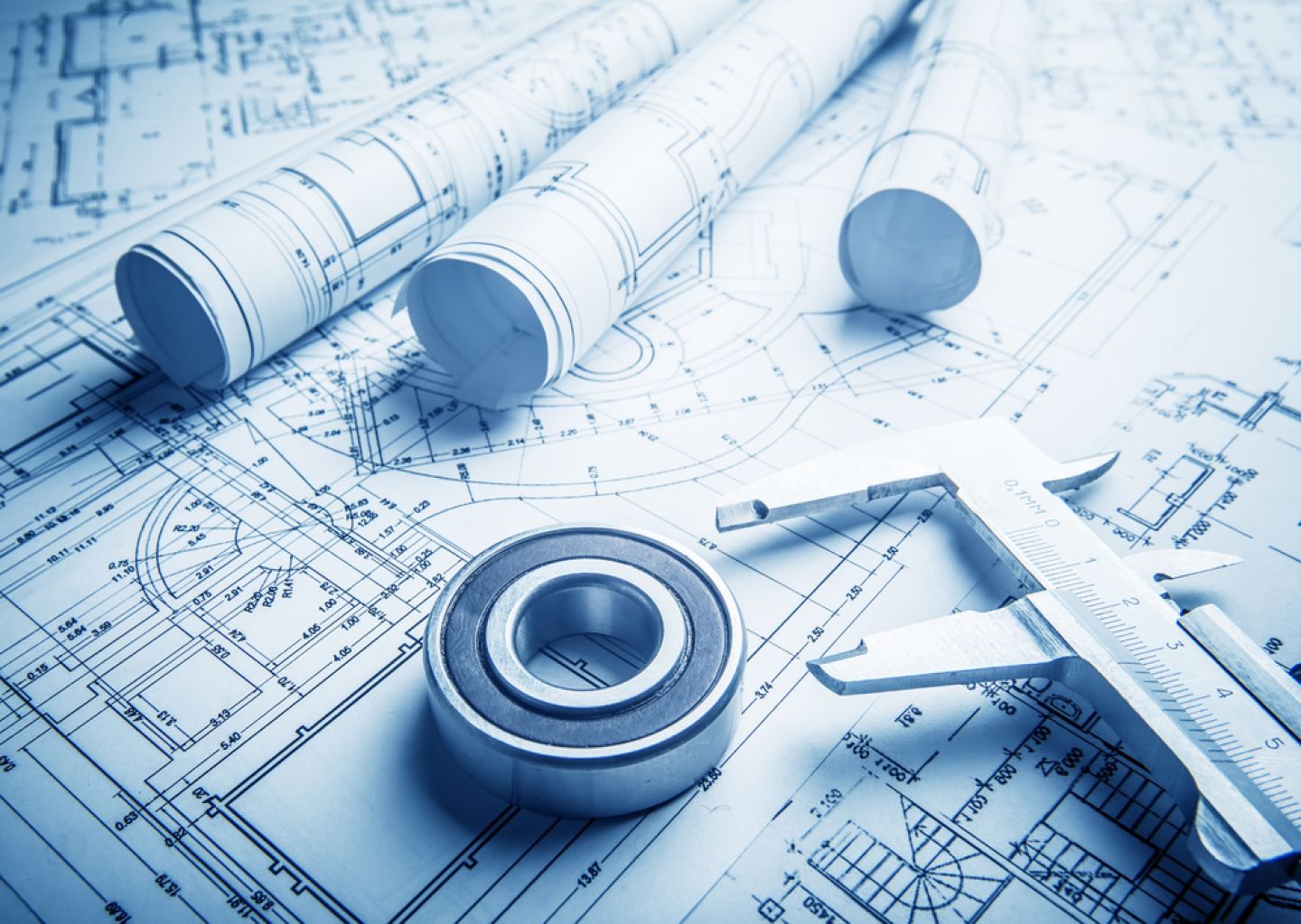The Department of Architecture and Built Environment at SETU is proud to announce an exciting new initiative that places emerging technologies at the heart of architectural education.
Fifth-year students from SETU’s Bachelor of Architecture (B.Arch) programme are teaming up with Master’s students at Yale School of Architecture, Yale University in Connecticut, USA to explore the role of Artificial Intelligence (AI) in design and construction.
Transatlantic collaboration
The collaboration features a series of co-hosted online lectures and workshops led by expert faculty from both universities. Students will engage in shared learning experiences and, ultimately, complete a similar AI-focused assignment.
This unique project broadens perspectives and encourages the next generation of architects to innovate with confidence.
Adapt to current climate
Garry Miley, fifth year tutor of the Bachelor of Architecture, explains the goal is to prepare students to lead the industry as AI continues to transform professional practice. “The era of AI in architecture has arrived. By working with such a renowned institution like Yale, we can be sure our students are developing the skills and insights to thrive in a rapidly changing landscape. It’s a remarkable opportunity for everyone involved” Garry says.
New modules
Mr Miley is currently collaborating with Dr Robin Stubbs, Head of Department of Architecture and Built Environment, to develop two new modules on AI in architecture and construction for the upcoming academic year.
It is intended that these modules will be available to students across the Department. “Introducing AI in a structured, robust way is critical,” Miley adds. “This partnership is a bold step that ensures our graduates stay ahead of the curve.”
Shaping a learning environment
The Department of Architecture at SETU is dedicated to preparing students for the evolving demands of the profession. By embracing AI and fostering international collaboration, the Department continues to shape a learning environment where future architects, technicians and other building professionals can push boundaries and redefine the possibilities of design.





